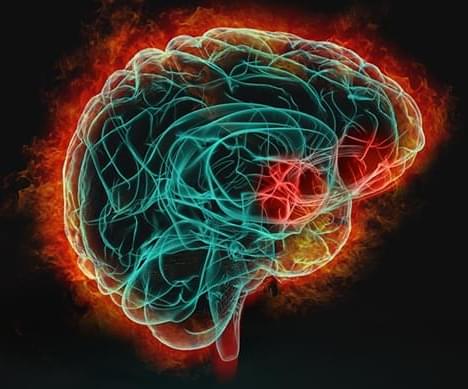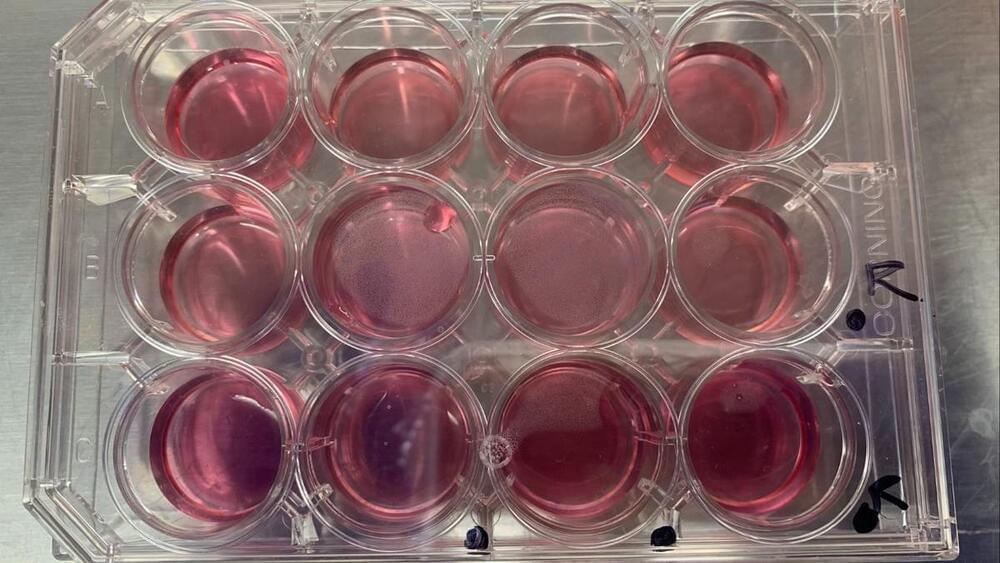An astronomer has captured “extraordinary” footage of an asteroid that made an “extremely close” approach to the Earth on Thursday.
The space rock, known as 2023 BU, zoomed over the southern tip of South America yesterday, while it was only around 2,200 miles above the surface of the Earth.
This is one of the closest approaches of an near-Earth object ever recorded. Data from NASA’s Center for Near Earth Object Studies showed that the flyby of 2023 BU was the fourth-nearest of more than 35,000 past and future Earth close approaches in the 300-year period from 1900 to 2200.








